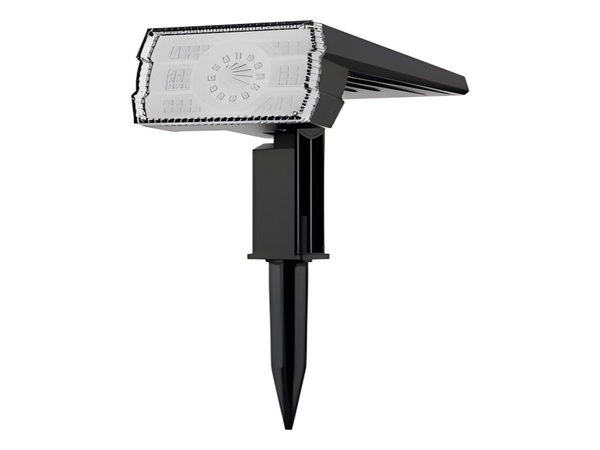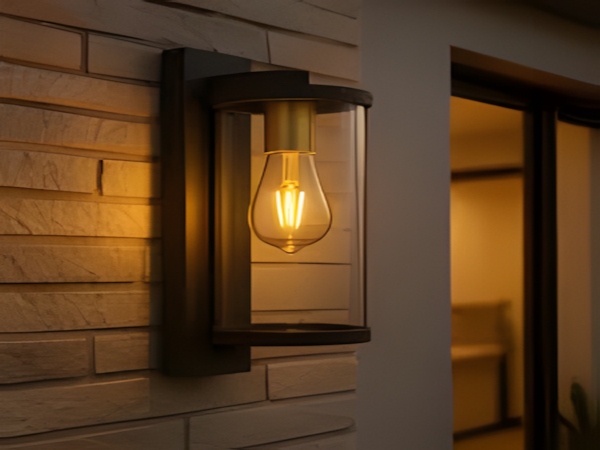

We all know that solar street lights bring us many benefits. Since they use solar energy for power, the lack of electricity at night does not affect their operation at all. They will function normally. Nowadays, both cities and new rural areas have gradually installed solar street lights. So how are solar street lights applied in the renovation of urban street lighting? Next, we will introduce this topic.
Application of solar street lights in urban street lighting renovation:
1. Overall plan for the solar street light system
When controlling solar street lights, it is necessary to use a combination of intelligent time controllers and intelligent light controllers. The intelligent light controller can greatly improve the shortcomings of light control. By combining it with the intelligent time controller, the lighting time can be set in advance to turn off lights during periods of low pedestrian traffic at night. In the circuit design, solar panels are used for power generation, and the generated electricity is stored in batteries. When power is needed by the load, the stored electricity in the batteries is used, which significantly prolongs the battery lifespan.
2. Quality control measures in the renovation of urban solar street lights
1) Pre-construction control: First, technicians need to conduct a thorough review of the design drawings, understanding their intentions and objectives, and approving the specific construction plan. Necessary technical exchanges and budget work should be performed with the construction departments. Additionally, quality assurance for construction materials and maintenance of construction machinery must be conducted, with verification from authoritative agencies before using these materials and machinery. Formulating reasonable construction management systems will help stabilize the construction process.
2) During construction control:
(1) On the material level: Before construction materials are used on-site, necessary acceptance checks must be completed. Effective management and control of materials are crucial for better reception, shipping, and storage, effectively avoiding the use of unqualified or mixed materials in construction.
(2) On the personnel level: Effective management and control are needed to prevent errors by management and operational personnel, ensuring construction quality. In high-risk situations, strict control of personnel operations is required, checking qualifications to ensure that personnel hold appropriate construction certifications.

(3) On the machinery level: Mechanical quality control should emphasize regular management and maintenance, rather than only diagnosing faults after incidents occur. Equipment must be operated according to specified standards, with periodic checks performed to ensure that machinery operates efficiently when put into use.
3) Post-construction control: After project completion, comprehensive integration of documentation is necessary to ensure its accuracy and authenticity. During material audits, necessary documents should be referenced before compiling and filing. Subsequently, analysis of these documents should be conducted to scrutinize construction quality, reducing potential quality risks and enhancing overall project quality. Before putting the project into use, necessary acceptance checks must be performed. This involves reviewing design drawings and relevant documents in conjunction with construction and design units for final acceptance. Once approved, the project can be officially put into use. After implementation, attention must also be given to feedback and maintenance.
The above discussion on the application of solar street lights in urban street lighting renovation focuses on transforming the power supply method of street lights, aligning with the demands of green sustainable development, analyzing the overall plan of solar street light systems, and incorporating quality control measures to better utilize solar street lights in renovation work.



